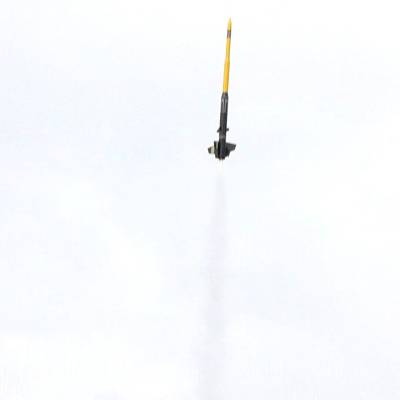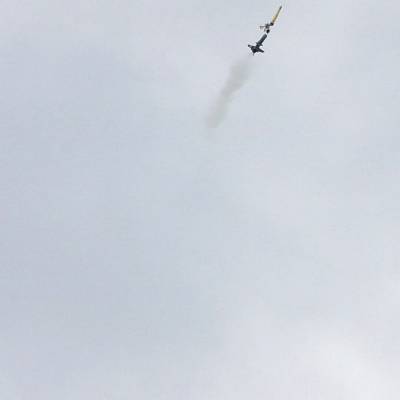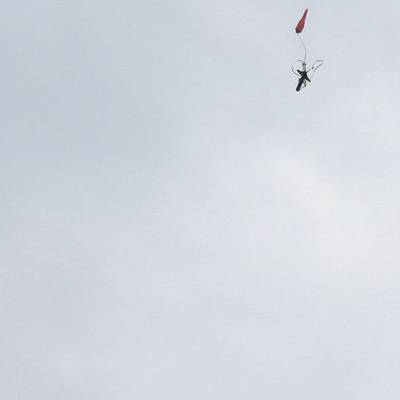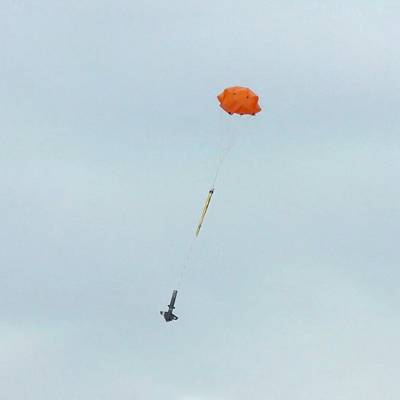The Vector Force: The Vector Force is a modern Estes kit. This was my first model I made as a BAR. It had very good quality balsa fins on my kit, thick and sturdy. You can see the design is inspired by air defense missiles. It is rather tall, but somewhat heavy because of the two reducers. Because it has two reducer stages it has two separate payload tubes. Estes tells you to glue the payload tubes, but why? Good idea if you want to be sure the rocket doesn't separate in flight, but why waste two very nice payload bays? I just make sure they are always good and tight with some masking tape. Mine is painted school-bus yellow and gloss black to better match the included decals. I added about 3 heavy coats of clear coat for a really deep shine. String stability tests with a C motor required about 20-ish grams of nose weight, but now it flies really straight up - provided there is little wind. The top payload tube has vent holes for a barometric altimeter. I've recorded flights in excess of 400 feet with C6 motors. This is my current go-to flagship rocket. I have tried some test flights with composite D engines, to see if I could kick this puppy past 1000 feet. It sure did! In the process, the shock cord was torn out from the mount. This model was repaired by installing a custom ejection baffle with a Kevlar shock cord attachment. Now I think she'll hold up to a few more D-powered launches and ejections. This rocket has flown higher than the NY Times Building in NY, and also the Chrysler Building including the pinnacle, and the Bank of America Plaza in Atlanta.
| Flight Date: | 2013-08-31 |
| Rocket Name: | Vector Force |
| Kit Name: | Estes - Vector Force {Kit} (003210) |
| Flyer's Name: | Rich DeAngelis |
| Motors: | B6-2 |
| Launch Site: | Fort Indiantown Gap, PA |
Since reducing the noseweight on the Vector Force, it has proven itself with both the composite D21 and three C6 motors. Now I need to test fly it with a lower-power B6, where it should easily surpass 125 feet. Previously I have flown this with a smaller 12 inch parachute for flights to 1000 feet or so. I used a much larger 18 inch parachute, knowing that it could not drift too far from 100 feet up.
The flight went well, but I must have jarred it before launch, because the altimeter triggered and I ended up with no flight data. It reached about 100-150 feet, deployed the parachute at a good time, and landed softly in the grass about 70 feet away.
I will need to fly this again to get valid data on the B6 performance with reduced noseweights.
| Stage | Motor(s) |
|---|---|
| 1 | Estes B6-2 |
 |
 |



